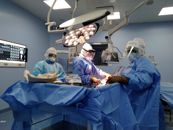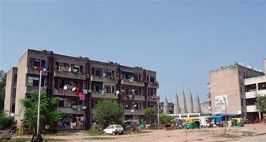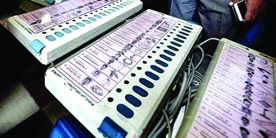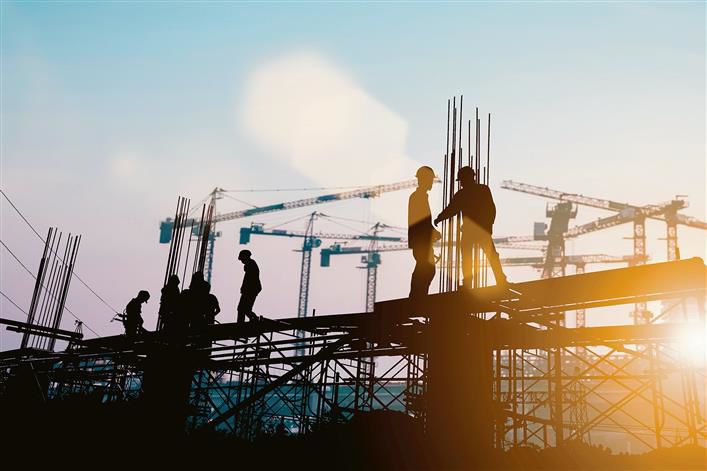
Amber Poply
Walking through the concrete jungles around me, I would see buildings that have lost their ‘youth’ well before time. Even the ones younger than me look like they are older than my grandma.
Not only do these buildings deteriorate quickly, but a lot of waste and pollution is generated in their construction process.
These sad sights made me question whether there was a way to make these buildings last longer while making sure that the development of artificial forests comprising of huge skyscrapers didn’t cause harm to the real ones.
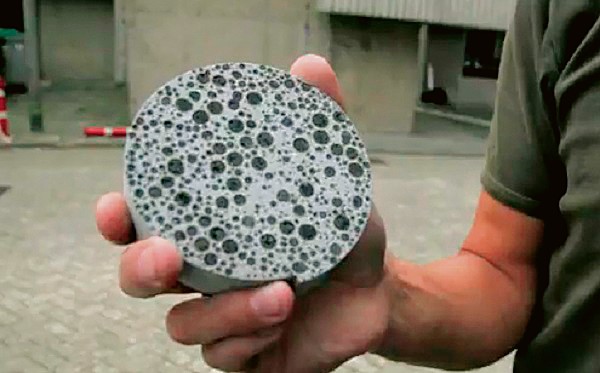
This curiosity led me to the ‘realm’ of smart materials. These are the future of efficient and cutting-edge design and construction.
Not only are they cost-effective and long-lasting, but they are also sustainable and have a net positive impact on the environment. Through this article, I aim to create awareness about these materials of the future.
Thermobimetal is a laminate of two different metals with different temperature coefficients used for buildings facades or shading systems.
It is a composite metal that warps during temperature differences, displaying self-shading and self-ventilating properties.
A thermostatic bimetal is defined as “a composite material, usually in the form of a sheet or strip, comprising of two or more materials of any appropriate nature, metallic or otherwise, which, by virtue of the differing expansivities of the components, tends to alter its curvature when its temperature is changed.”
Thermobimetal is formed by laminating two different metals, usually steel and copper, together.
These units bend in one direction when heated, and when they cool down, they come back to their original position.
The larger the difference in thermal coefficients, the higher the displacement of the metals.
One metal expands faster than the other in a thermobimetal, causing it to curl because the slow-expanding metal constricts the movement.
Unlike other shading systems, thermobimetal skin does not require complex sensors or energy to make the facade work. Thus, maintaining thermal comfort in a cost-effective and sustainable manner.
Bio-concrete is a self-healing form of concrete designed to repair its own cracks.
It was developed by Dutch researcher and microbiologist Hendrik Jonkers using an extra ingredient acting as a healing agent and requires no human intervention to be repaired once placed.
To heal cracks in the concrete, Jonkers chose bacteria that produce limestone on a biological basis.
The positive side-effect of this: the bacteria consume oxygen, which in turn prevents the internal corrosion of reinforced concrete.
However, the bacteria do not pose a risk to human health, since they can only survive under the alkaline conditions inside the concrete. Based on these findings, Jonkers and his team of researchers developed three different bacterial concrete mixtures: self-healing concrete, repair mortar, and a liquid repair system.
In self-healing concrete, bacterial content is integrated during construction, while the repair mortar and liquid system only come into play when acute damage has occurred on concrete elements.
Self-healing concrete is the most complex of the three variants. Bacterial spores are encapsulated within two-to four-millimeter-wide clay pellets and added to the cement mix with separate nitrogen, phosphorous and a nutrient agent.
This innovative approach ensures that bacteria can remain dormant in the concrete for up to 200 years. Contact with nutrients occurs only if water penetrates a crack — and not while mixing cement.
This variant is well-suited for structures that are exposed to weathering, as well as points that are difficult to access for repair workers. Thus, the need for expensive and complex manual repairs is eliminated.
India is a developing country where new buildings are being constructed at a rapid pace as the infrastructure develops. To make sure this development of infrastructure doesn’t become an environmental hindrance, it is necessary to make sustainability one of our top priorities.
Smart materials are the answer to the nation’s needs.
The writer is a student of Class XII, Sacred Heart Convent School, Sarabha Nagar, Ludhiana
Join Whatsapp Channel of The Tribune for latest updates.








